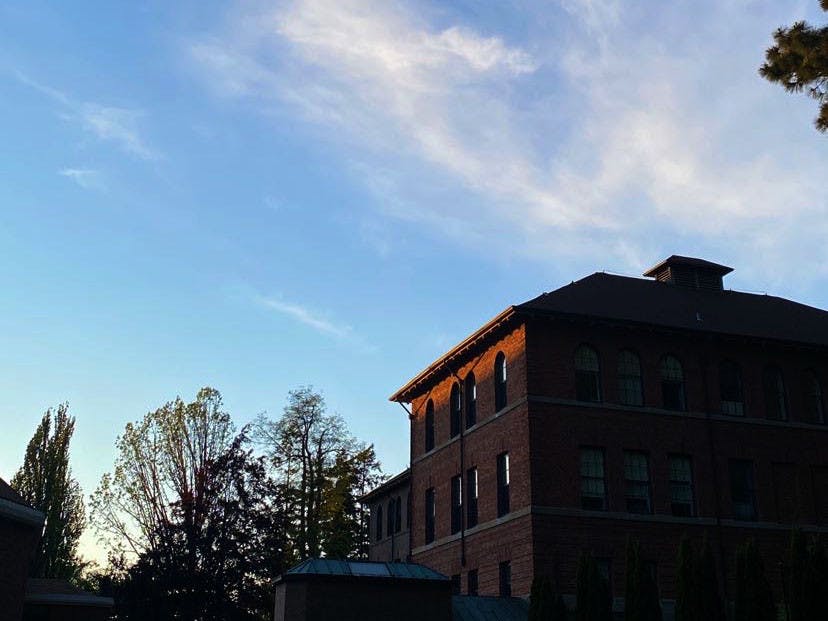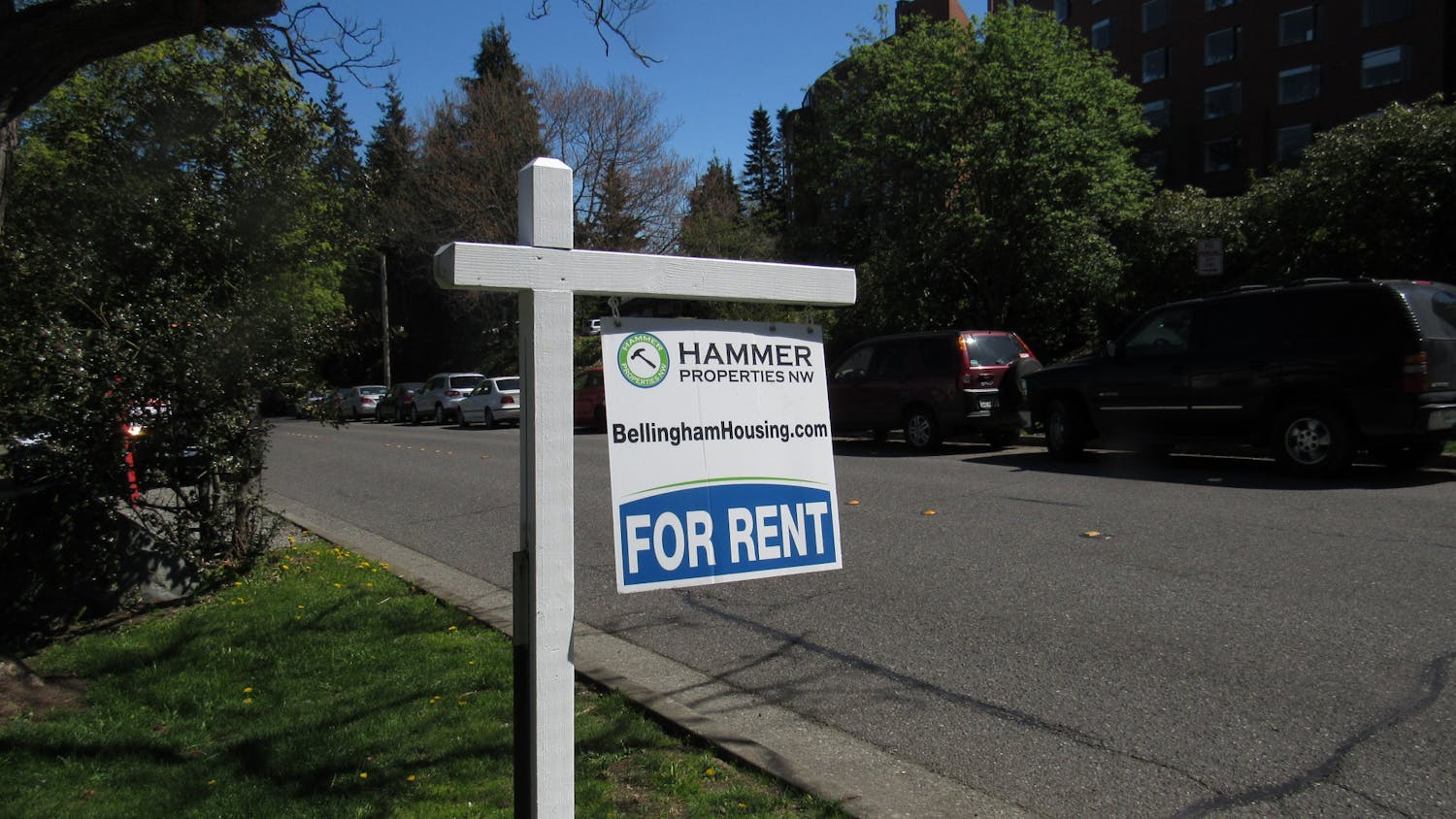
How much does the environment impact COVID-19 and how much does COVID-19 impact the environment?
“[COVID-19 has] decreased most types of economic activity, which is the main driver of most environmental impacts, so impacts have generally decreased,” said Joel Swisher, director of Western’s Institute for Energy Studies in an email.
Swisher said that cleaner air and water as a result of COVID-19 is not sustainable. When life returns to normal, the key is to resume and accelerate the clean energy transition from fossil fuels, which Swisher said involves improving energy efficiency, decarbonizing energy supply and electrifying much of transportation and building heating.
The restoration of the U.S. economy requires massive private investment and federal stimulus spending, he said.
“The last time that happened, in 2009, about one-eighth of the funding was directed to clean energy initiatives that had a huge positive impact,” Swisher said. “U.S. carbon emissions have declined steadily since that time. If we take a similar approach in the coming years, we could create similar benefits, and most state and city leaders are on board with this approach.”
Although Western is online this quarter and not using as much energy on campus, this doesn't have as much of an impact on the environment. Western does not have much impact on the local environment because its electricity comes from 100% renewable energy, Swisher said.
“The main impact is, therefore, air emissions from the natural gas used in our steam plant that heat campus buildings and service hot water,” Swisher said.
Although we are not using energy on campus, Kate Darby, an environmental studies associate professor, said relying on computers so much could possibly create more of a negative environmental impact because the energy usage is increased on servers.
“Zoom meetings are all hosted by the server associated with the company. Some servers use renewable energy and others use fossil fuels,” Darby said. Servers produce a lot of carbon dioxide because they heat up and need to use energy to cool down.
Darby stressed that we should not become too overjoyed about the clean air that COVID-19 has granted because a death toll has come with it.
“People are talking about how the environment is getting better, but humans are part of the environment. We are not separate and people are dying due to COVID-19,” Darby said. “Thinking that humans are separate from the environment is a very Western and elitist approach to the issue, which is a very eco-facist approach to the environment.”
This also brings into the question of how much the environment are linked to the COVID-19 death toll.
In an April New York Times article by Lisa Friedman, called New Research Links Air Pollution to Higher Coronavirus Death Rates, populations with higher levels of pollution have shown an increase in COVID-19mortality rate. The pollution that is referred to in this article is PM2.5.
PM2.5 is particulate matter that measures less than 2.5 micrometers. The pollutant is much smaller than dust, mold or pollen, according to the New York Times article.
In a December 2019 article by Kathiann Kowalsi, for the Energy News Network, she stated that a study done by the University of Washington and Stanford University found that, “Particulate emissions cause damage to the heart, lungs and brain, as well as other health problems.”
The New York Times article by Friedman states: “In an analysis of 3,080 counties in the United States, researchers at the Harvard University found that PM2.5 showed a direct link between air pollution and COVID-19 deaths.”
However, there is some dispute as to whether or not PM2.5 really does much harm.
Steven Milloy is a lawyer, author and news commentator, trained in natural sciences and biostatistics. Milloy argued that PM2.5 is a tool used by the U.S. Environmental Protection Agency (EPA) in order to take advantage of their unchallenged power.
Milloy, in his book Scare Pollution, said the EPA has been involved in illegal human experiments in order to look for statistics that may frighten the American people.
According to his book, the EPA said that these studies help determine the mathematical associations between pollution and the health of the communities exposed to it.
Milloy said the problem with these experiments is that they were illegal, unethical and don’t even prove that PM2.5 is harmful. According to Milloy, the EPA was conducting these experiments out of desperation to show some biological support to their claims, in an effort to justify their use of power.
EPA Administrator Lisa Jackson in a September 2011 congressional testimony said that particulate matter doesn’t make you sick, it just kills you. Milloy said that due to this statement, anyone involved in the PM2.5 experiments could possibly be facing death, if this statement were true. This makes the experiments illegal and unethical, especially since the EPA was not honest with the participants, telling them that their only side effects may be shortness of breath and cough. The only person who experienced any ill side effects was a 58-year-old woman who was suffering from many health complications.
Milloy said in his book, that due to the EPA’s claims of PM2.5, “The public is being frightened, jobs are being lost and industries and communities are being ruined. Wealth-creating and poverty-ending economic activity is being restrained and destroyed.”
On the subject of environmental injustice, while Darby said that the concentration of PM2.5 in low-income areas makes the issue of environmental injustice more prominent, especially during the pandemic, Milloy disagreed.
In an email, when asked about PM2.5 and environmental injustice, Milloy said, “‘Environmental justice’ is an entirely made-up concern. There is no evidence that minorities are harmed by ‘pollution’ in their neighborhoods. Poor people often are less healthy than wealthier people because poverty tends to reduce their standard of living and so they engage in more unhealthy behaviors and have worse medical care. ‘Environmental justice’ is just despicable race-baiting.”
Despite the debate on PM2.5, since COVID-19, there has been an issue with disposal of trash during lockdown, according to Steven Williams, Northwest Region Litter Administrator.
“Litter crews were suspended in late March consistent with the governor’s order,” Williams said. He also said that the Washington State Department of Transportation has seen an increase in illegal dumping.
“It certainly seems to be the case that there is more personal protective equipment waste being littered and disposed of,” Williams said. Personal protective equipment consists of masks, gloves and other protection being used in efforts to prevent the spread of COVID-19.
Julia Kohut is a fourth–year urban design student studying the environment, and has taken note of the litter on the street recently.
Since the start of online classes, Kohut has moved back to Seattle. In Seattle, she has seen a lot of single-use plastic such as latex gloves littered on the streets. She said she is always one to pick up trash she sees on the street to properly dispose of it, but since the pandemic, she has been more wary of this.
Regardless of whether one wishes to link the environment to COVID-19 or not, many seem to agree that the changes we have seen in the environment lately are unsustainable.
Joel Swisher pointed out that no one wants to stay in an economic freeze for too long. “We obviously have to return to our normal lives,” Swisher said.





